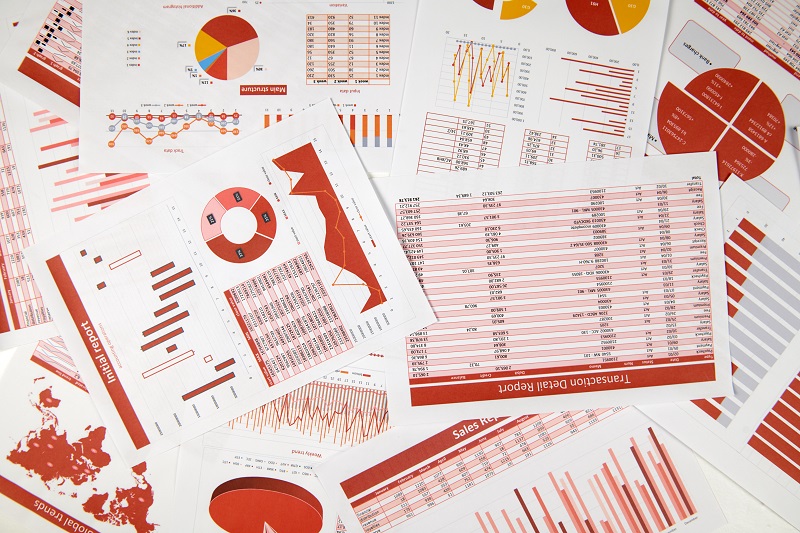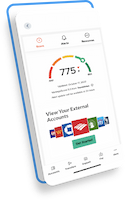Some would say I’m new to the banking industry—and they would be right. Because of that, I get asked pretty often about my perspective as an outsider looking in. Well I’m two years in, and it seems like as good of a time as any to look back at how I started with Quontic, and how we’ve been able to kickstart innovation by reframing our thinking, and moving on from some of the underlying assumptions that the banking industry seems to cling to. This is part two.
In my prior life, I was immersed in using and harnessing big data and predictive data to drive businesses. So, I was a data guy, and I assumed that banks were treasure troves of data, and this was going to be a goldmine for me. Within days, I would learn that while there is in fact data everywhere, and so much work and attention goes to it, none of it made sense to me—because no one understood it, and it wasn’t clear what decisions were being made based on each report. There were more than 100 monthly reports being generated, I’m talking hundreds of hours a month being spent trying to merge different canned reports, extrapolate from this report, and make that one more useful.
So, we started a process to do it differently.
I decided that we needed to automate data to make decisions better and faster, and began a project called Quontic.Works. And then I made mistakes there too while trying to be smarter—instead of setting out to understand the data, I just tried to automate it. After spending too much money and still not getting everything automated, only then did I realize that so many of the reports themselves weren’t useful for, well, anything.
Essentially, I came full circle. I was brought back to a lesson that I had learned before, but in my haste to try and use all this data, had forgotten.
Data is only good if it’s focused and actionable.
Now at Quontic, we write it at the top of every report: “Focused and Actionable.” We ask ourselves, “Is it clear what the data is trying to represent? Does it lead you to be able to make a decision about an action?” And this one is important: “Is it an action you’d really take if you could?”
For example, I asked, “Do we need demographic data on all of our customers? Why? What’s the action we’re going to take?”
“Well… it’ll help marketing.”
“So what if it skews male or female – are you going to change your marketing?”
“Well… no.”
“Ok, so then, why do you need it exactly?”
I raise eyebrows when I say the average customer, at our fully digital bank, is 58. But guess what? We don’t do anything with that. We haven’t changed our marketing or website. We’re not doing anything to try to get younger customers. There’s so much conversation about, “Who’s our customer?” And it’s not that these things are bad to answer, but in most cases, you aren’t going to do anything with it. In all decisions, we have to weigh the resources needed and the actual desire to take action.
It turns out that out of those 100 monthly reports, we truly needed about 10. I realized how easy it is to feel anxiety over data (and we know this is something every bank is struggling with). We do all kinds of things because we think we should but we’re not really clear on the goal. Know the goal. It’s one of Quontic’s core values for a reason. Know the goal, and make sure that the data you’re generating to reach your goal is focused and actionable. Make it your mantra, and you’ll be glad you did.





